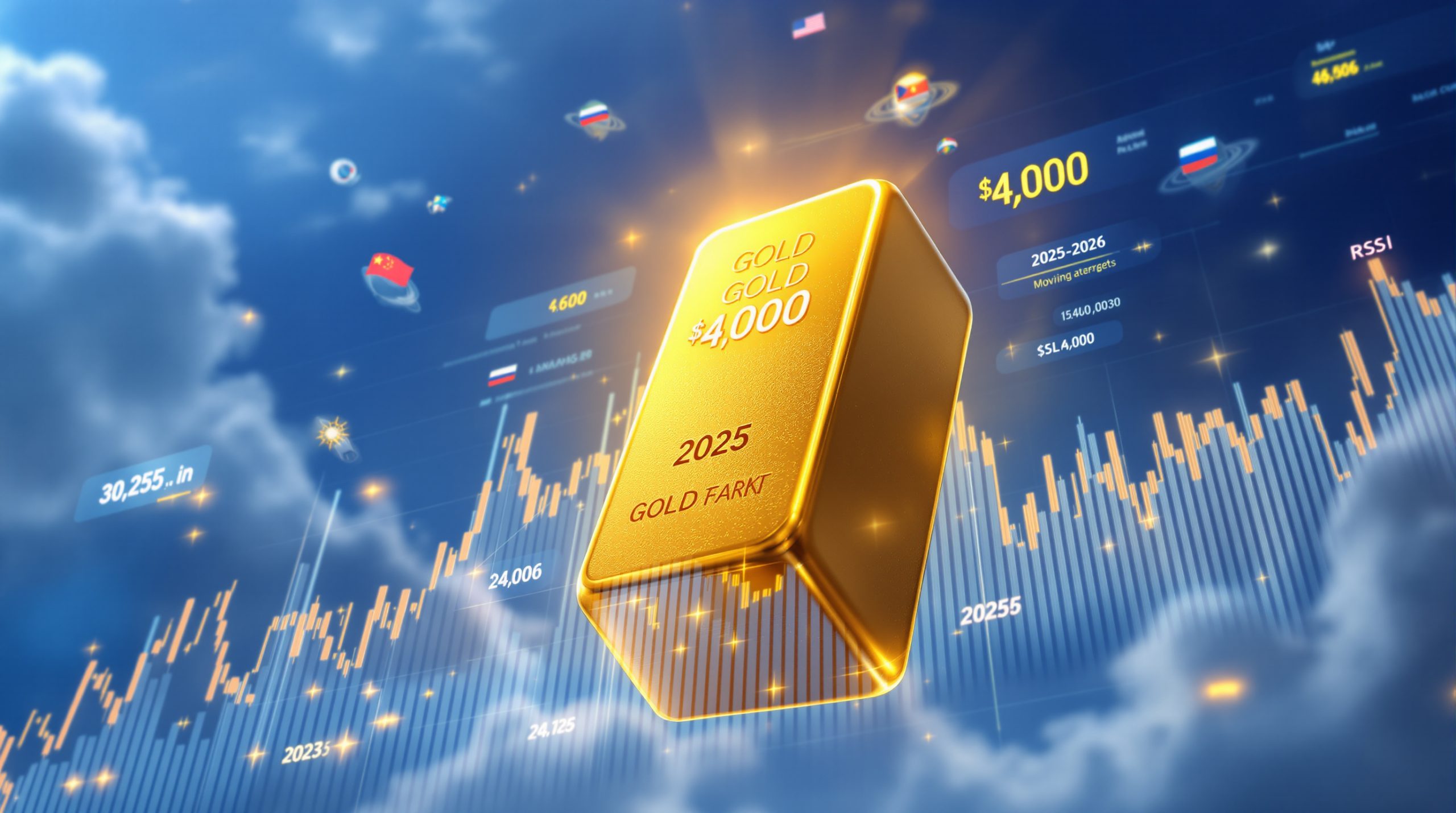China's Permanent Magnet Exports Surge to Six-Month High
China's exports of permanent magnets reached 5,577 tonnes in July 2023, marking a significant 75% increase from June and hitting a six-month high. This surge represents the second consecutive month of growth, signaling a potential shift in China's export patterns for these critical components used in everything from electric vehicles to renewable energy systems.
The dramatic increase follows China's recent government pledge to accelerate export permit approvals for rare earth derivatives, suggesting a strategic adjustment to China's approach to controlling these valuable critical raw materials.
Understanding the Recent Export Volume Surge
July's impressive 5,577-tonne export volume comes after what has been a relatively volatile period for China's exports of permanent magnets from China. The 75% month-on-month increase is particularly noteworthy when considering market expectations and previous export performance.
Industry observers note that this six-month high may indicate China is rebalancing its export strategy for these critical materials. The consecutive monthly growth pattern suggests this isn't merely a one-time anomaly but potentially the beginning of a sustained trend.
"The export permit acceleration announced in June appears to be materializing in the July numbers," notes a report from the South China Morning Post. This policy shift represents a significant adjustment to how China manages its rare earth supply chain.
Policy Shifts Driving Export Growth
China's recent pledge to accelerate export permit approvals for rare earth derivatives marks a notable shift from previous restrictive policies. This adjustment appears to be in response to changing international trade dynamics and possibly pressure from major trading partners.
The loosening of export controls follows a period where China had implemented stricter oversight of rare earth exports, which had created supply concerns among global manufacturers dependent on these materials.
Several factors may be influencing this regulatory adjustment:
- Desire to maintain market share in key international markets
- Response to increased rare earth production outside China
- Strategic trade positioning amid ongoing global tensions
- Domestic manufacturing overcapacity requiring export outlets
This policy shift affects not just permanent magnets but the entire supply chain fluidity for rare earth elements and their derivatives, which is crucial for the critical minerals transition.
Major Importers of Chinese Permanent Magnets
European Union Leads Demand Growth
The European Union has emerged as the dominant destination for Chinese permanent magnets, purchasing 2,140 tonnes in July 2023. This represents 38% of China's total permanent magnet exports for the month and marks a substantial 57% month-on-month growth.
This impressive increase follows an even more dramatic threefold rise in June, indicating accelerating European demand for these critical components. The EU's growing appetite for permanent magnets reflects its ambitious green energy transition and electric vehicles transformation.
Several factors are driving the EU's increased imports:
- Aggressive electric vehicle production targets
- Expansion of wind energy infrastructure
- Limited domestic rare earth processing capacity
- Manufacturing reshoring initiatives requiring component imports
The EU's dependence on Chinese permanent magnets highlights the region's strategic vulnerability in critical supply chains despite efforts to diversify sources.
Germany and US Lead Individual Country Imports
Germany stands as the world's largest single-country importer of Chinese permanent magnets, receiving 1,116 tonnes in July—a 46% increase from June. This volume represents more than half of the EU's total imports and reflects Germany's position as Europe's manufacturing powerhouse.
The United States ranks as the second-largest individual country importer, purchasing 619 tonnes in July—representing 11% of China's permanent magnet exports. This volume marked a substantial 76% increase from June levels, indicating rapidly growing American demand despite recent changes in US critical minerals policy.
Both countries display consecutive monthly growth patterns, suggesting sustained industrial demand rather than inventory stockpiling. Their increasing reliance on Chinese permanent magnets raises important questions about supply chain security for critical technologies.
| Country/Region | July Import Volume (tonnes) | % of Total Chinese Exports | Month-on-Month Increase |
|---|---|---|---|
| European Union | 2,140 | 38% | 57% |
| Germany | 1,116 | 20% | 46% |
| United States | 619 | 11% | 76% |
| Other Markets | 1,702 | 31% | Not specified |
Strategic Importance of Permanent Magnets
Critical Applications Across High-Growth Industries
Permanent magnets represent a cornerstone technology for numerous high-growth industries, making them strategically vital for both economic development and national security. Their unique properties—maintaining magnetic field strength without external power—make them irreplaceable in many advanced technologies.
The most critical applications include:
- Electric Vehicles: NdFeB (neodymium-iron-boron) magnets power the motors that drive EVs, with each vehicle requiring approximately 1-2kg of rare earth materials
- Wind Turbines: Large direct-drive wind turbines can use up to 600kg of permanent magnets per megawatt of capacity
- Consumer Electronics: Smartphones, speakers, and other devices rely on miniaturized permanent magnets for speakers, vibration motors, and sensors
- Aerospace Applications: Aircraft and spacecraft use specialized high-performance magnets for sensors, actuators, and power systems
- Defense Systems: Guidance systems, radar technology, and communications equipment depend on advanced magnetic materials
The growing demand across these sectors explains why permanent magnet trade has become a focal point of economic security discussions among major economies.
Supply Chain Significance and Vulnerabilities
China's dominant position in global permanent magnet production extends beyond manufacturing capability to encompass the entire rare earth value chain. The country controls approximately 85% of rare earth processing capacity globally, creating a critical dependency for manufacturers worldwide.
This market concentration creates several strategic implications:
"Access to permanent magnets has become a national security concern for many countries, similar to semiconductor supply security. Nations without domestic supply face significant vulnerabilities in their industrial capabilities." – International trade analyst quoted in SCMP
Industrial policy in importing nations increasingly focuses on:
- Developing alternative technologies with reduced rare earth requirements
- Establishing domestic rare earth mining and processing capabilities
- Creating strategic reserves of critical materials
- Forming international partnerships to diversify supply chains
These efforts reflect the recognition that permanent magnets represent a critical vulnerability in green technology manufacturing capabilities for many nations, leading to new mining electrification trends.
Factors Influencing the Global Permanent Magnet Market
Trade Policy Considerations
China's management of exports of permanent magnets from China operates within a complex web of trade policies, export controls, and strategic resource management. Previous export controls implemented by China had significant economic impacts on global supply chains, creating price volatility and uncertainty.
The relationship between permanent magnet trade and broader trade tensions cannot be overlooked. These materials often become leverage points in larger economic negotiations between major powers.
Recent shifts affecting export license approvals appear designed to:
- Maintain China's market dominance in key export markets
- Respond to pressure from manufacturing customers
- Potentially counter diversification efforts by importing nations
- Adjust to changing domestic production dynamics
Potential future regulatory developments remain uncertain, with China balancing its interest in maintaining market share against strategic resource conservation goals.
Industrial Demand Drivers
Multiple sectors are driving increased demand for permanent magnets, creating a complex competitive landscape for limited supplies:
Electric Vehicle Production: Global EV manufacturing is expected to require over 40,000 tonnes of rare earth permanent magnets annually by 2030, representing a threefold increase from current levels. Each EV requires approximately 1-2kg of rare earth elements in its permanent magnets.
Renewable Energy Expansion: Wind energy installations continue to grow globally, with direct-drive turbines requiring significant quantities of permanent magnets. A single large offshore wind turbine can contain up to several tonnes of permanent magnet material.
Consumer Electronics Evolution: While individual devices use small amounts of magnetic material, the massive scale of production creates substantial aggregate demand. Smartphone production alone accounts for hundreds of tonnes of specialized magnetic materials annually.
Advanced Manufacturing: Robotics, automation systems, and precision equipment rely heavily on permanent magnets for motors and sensors, creating another growth sector for these materials.
Defense Sector Requirements: Military applications require high-performance magnets with specialized properties, often competing for the same supply used in civilian applications.
Future Export Trends and Market Outlook
Short-Term Outlook Factors
The current growth trajectory of Chinese permanent magnet exports appears likely to continue in the near term, supported by several factors:
- Continued implementation of accelerated export permit approvals
- Strong demand from EV manufacturers expanding production globally
- Seasonal production increases in consumer electronics ahead of holiday periods
- Potential inventory building by manufacturers concerned about future supply disruptions
Policy stability will be critical to maintaining this growth pattern. Any sudden changes in China's export controls or licensing procedures could rapidly disrupt global supply chains.
Manufacturing sector health in importing regions, particularly Germany's automotive industry and broader European manufacturing, will significantly influence demand patterns. Economic slowdowns in these markets would likely reduce magnet import volumes.
Long-Term Market Considerations
The permanent magnet market faces several transformative forces that could reshape trade patterns over the coming decade:
Diversification Efforts: Major economies including the US, EU, and Japan are investing heavily in reducing dependence on Chinese permanent magnets through:
- Reopening domestic rare earth mines
- Developing processing capabilities outside China
- Creating incentives for manufacturing reshoring
- Funding research into alternative technologies
Alternative Technologies: Research into reduced-rare-earth or rare-earth-free permanent magnets continues to advance, with several promising technologies approaching commercial viability:
- Iron-nitride magnets
- Manganese-based compounds
- Enhanced ferrite magnets
- Novel manufacturing techniques for traditional materials
Recycling Initiatives: The circular economy for rare earth elements is developing rapidly, with new technologies enabling recovery from:
- End-of-life electric motors
- Decommissioned wind turbines
- Electronic waste streams
- Manufacturing scrap
Evolving Trade Relationships: Long-term trade patterns will depend heavily on geopolitical developments between China and major importing nations, particularly as critical material security becomes increasingly prioritized in national policies.
Permanent Magnet Applications and Market Impact
Electric Vehicle Revolution
The electric vehicle industry represents the fastest-growing sector for permanent magnet consumption. Nearly 90% of EVs use permanent magnet motors due to their superior efficiency, power density, and reliability compared to alternatives.
Tesla's shift toward using more permanent magnet motors in recent models signals the competitive advantage these components provide, despite previous efforts to avoid rare earth dependency. This trend is mirrored across the automotive industry as manufacturers prioritize vehicle range and performance.
The permanent magnet supply chain directly impacts EV affordability and production capacity. Price volatility or supply constraints in magnets can delay vehicle production timelines and affect end-user pricing.
Renewable Energy Dependencies
Wind energy represents another critical application for permanent magnets, particularly in advanced direct-drive turbine designs that eliminate the need for gearboxes. These designs offer improved reliability and reduced maintenance requirements, making them ideal for offshore wind farms.
A single 3MW direct-drive wind turbine can require up to 2 tonnes of permanent magnets. With global wind capacity additions averaging 70-90GW annually, this creates substantial demand pressure on magnet supplies.
As countries pursue aggressive renewable energy targets, securing permanent magnet supply becomes increasingly important for meeting climate goals. Any disruption to magnet availability could potentially slow renewable energy deployment timelines.
FAQ: Chinese Permanent Magnet Exports
What are permanent magnets and why are they important?
Permanent magnets are materials that create their own persistent magnetic field without requiring external power. Unlike electromagnets that need constant electricity to maintain magnetism, permanent magnets retain their magnetic properties indefinitely under normal conditions.
These components are critical because they:
- Enable highly efficient electric motors without energy-consuming electromagnets
- Provide essential functionality in countless electronic devices
- Allow for miniaturization of components in modern technology
- Function reliably in demanding environments without external power
- Support the transition to renewable energy and electrified transportation
The most powerful commercial permanent magnets use rare earth elements (particularly neodymium, praseodymium, dysprosium, and terbium) to achieve exceptional magnetic strength relative to their size and weight.
How does China dominate the permanent magnet market?
China's control of the permanent magnet market stems from several strategic advantages:
- Integrated Supply Chain: China controls approximately 85% of global rare earth processing capacity, creating a vertical integration advantage from mining through magnet production
- Scale Economies: Large production volumes allow for cost efficiencies unmatched by smaller competitors
- Technical Expertise: Decades of focused development has created deep technical knowledge in magnet manufacturing
- State Support: Government policies supporting the industry through research funding, infrastructure development, and export controls
- Environmental Cost Absorption: Historically lower environmental compliance costs, though this advantage is diminishing with stricter regulations
This dominance extends beyond production capacity to include intellectual property, with Chinese entities holding numerous patents on permanent magnet manufacturing techniques and compositions.
What alternatives exist to Chinese permanent magnets?
Several alternatives to Chinese permanent magnets are being pursued globally:
Alternative Supply Chains:
- Australia's Lynas Rare Earths produces approximately 10% of global rare earth materials
- The Mountain Pass mine in California has resumed production under MP Materials
- European Rare Earth Magnet Recycling Network is developing urban mining capabilities
- Japan's JOGMEC continues to support rare earth diversification efforts
Alternative Technologies:
- Switched reluctance motors can function without permanent magnets
- Enhanced ferrite magnets offer improved performance without rare earths
- Iron-nitride experimental magnets show promise as future alternatives
- Superconducting motors represent a potential long-term solution
Recycling Innovations:
- Urban Mining Company has commercialized processes for recycling NdFeB magnets
- Various hydrometallurgical and pyrometallurgical recovery techniques are advancing
- Design for disassembly approaches are making magnet recovery more economical
Despite these efforts, complete independence from Chinese permanent magnets remains years away for most manufacturers due to the significant technical and economic advantages of the existing supply chain.
Global Implications of China's Magnet Export Patterns
The recent surge in Chinese permanent magnet exports has significant implications for global manufacturing, energy transition efforts, and strategic resource policies. As importing nations receive increased volumes of these critical components, they must balance immediate manufacturing needs against long-term supply security concerns.
For manufacturers in Germany, the United States, and across the European Union, the increased availability of permanent magnets supports production expansions in electric vehicles and renewable energy equipment. However, the growing dependency also creates strategic vulnerabilities that policymakers continue to address through diversification efforts and alternative technology development.
China's export patterns will remain a critical indicator of global rare earth element availability and a significant factor in the pace of green technology adoption worldwide.
Looking to Profit from the Next Major Mineral Discovery?
Discover why major mineral discoveries can lead to exceptional returns by exploring Discovery Alert's dedicated discoveries page, where their proprietary Discovery IQ model transforms complex mining data into actionable investment opportunities. Begin your 30-day free trial today to position yourself ahead of the market.




